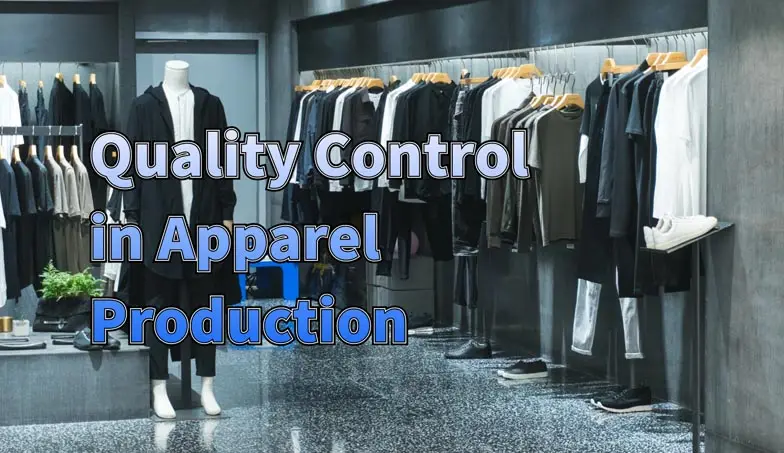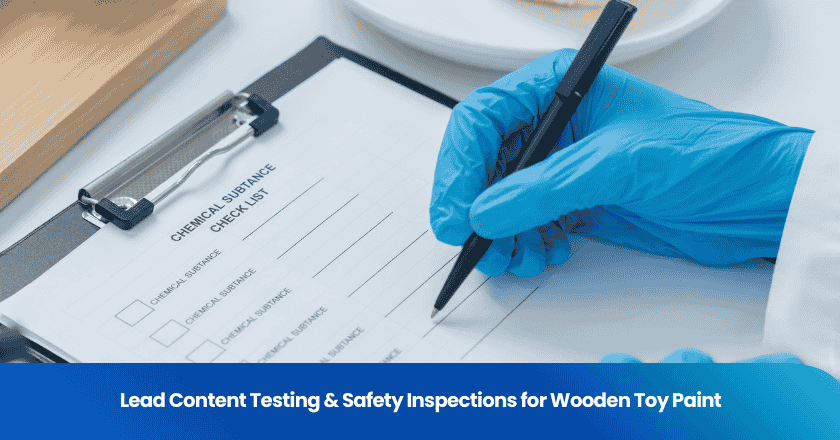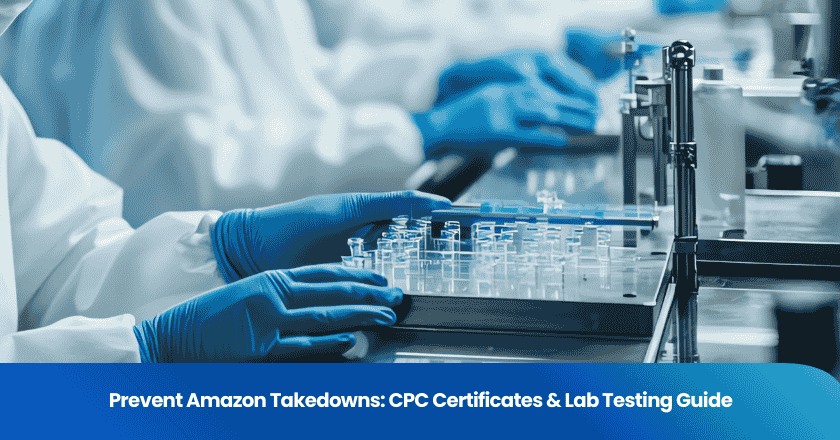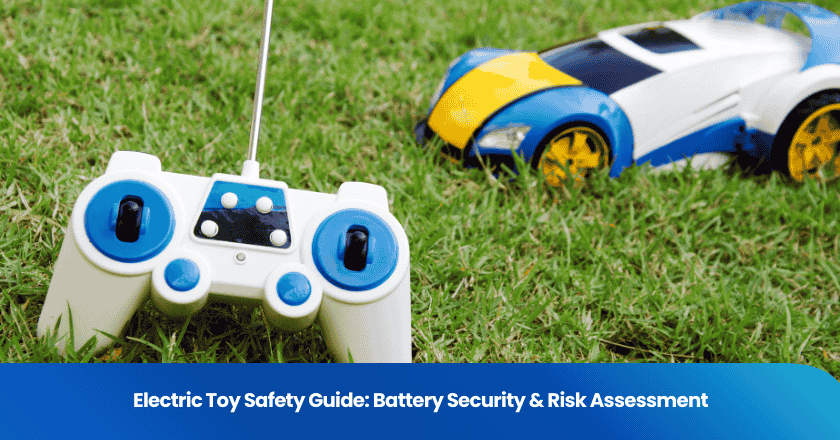
Quality control (QC) is a crucial component in garment production, ensuring that products meet customer expectations and comply with industry standards. Maintaining high quality standards poses certain challenges due to variations in materials, production processes, and labor skills. To address these challenges, it is necessary to adopt a structured quality control approach, which includes setting standards, training employees, and utilizing technology.
1. Establish clear quality standards
Define clothing quality requirements
In the garment manufacturing industry, clarifying and refining quality requirements is the first step.
We need to comprehensively define the key quality attributes of clothing, including but not limited to fabric durability, sewing accuracy, wash fastness, and size consistency. Fabric durability is directly related to the lifespan of clothing, requiring the fabric to maintain good appearance and performance after prolonged wear and multiple washes. Sewing accuracy is an important indicator of the level of clothing craftsmanship, with fine sewing ensuring that the clothing is sturdy, durable, and aesthetically pleasing. Wash fastness is related to the durability of clothing colors and the stability of the overall appearance, ensuring that the clothing remains as good as new after multiple washes. Size consistency is key to ensuring the fit and comfort of clothing, requiring a high degree of consistency in size among garments from the same batch.
To meet these quality requirements, we need to establish detailed product specifications and provide clear visual references. These specifications and references will serve as the foundation for our communication with production, quality inspection, and suppliers, ensuring that all relevant parties accurately understand and jointly adhere to our quality expectations. Through clear quality requirements and detailed specifications, we can effectively enhance the overall quality of our clothing products and meet the expectations of consumers.
Keep the quality standards highly aligned with industry regulations
When formulating quality standards, it is also imperative to fully consider the requirements of industry regulations. Global and regional regulations, such as REACH (Regulation concerning the Registration, Evaluation, Authorization and Restriction of Chemicals in the European Union), CPSIA (Consumer Product Safety Improvement Act in the United States), and ISO (International Organization for Standardization) standards, all impose stringent requirements on the safety, environmental friendliness, and quality of clothing products.
We must ensure that our quality standards are highly aligned with these regulations and strictly comply with the relevant provisions.
Consistency can reduce the risks we face due to violations and enhance our brand reputation. Compliance with industry regulations is not only a demonstration of responsibility towards consumers, but also our commitment as a responsible enterprise. By meeting regulatory quality standards, we can earn the trust and support of consumers, further enhancing our brand's market competitiveness.
2. Implement a robust quality assurance plan
Implementing a robust quality assurance plan is crucial to ensuring that products meet high standards, satisfy market demands, and enhance customer satisfaction. Within this framework, it is necessary to focus on meticulous inspections before production and strict control during the manufacturing process to comprehensively guarantee product quality.
Pre-production inspection
During the pre-production inspection stage, we have taken a series of rigorous measures. Before the official start of mass production, we conduct a comprehensive inspection of all materials used to ensure they meet established quality standards and are free from any potential defects. We also conduct a detailed review of the prototype design, using simulation tests, functional verification, and other means to identify potential issues or deficiencies as early as possible. This helps us correct errors at the beginning of production and avoid waste and losses during subsequent mass production.
Manufacturing process control
Entering the manufacturing process control stage, there is no room for slackness. During the critical stages of production, online inspections are arranged to monitor the operating status of the production line in real time, ensuring product consistency and stability. To control quality more effectively, detailed quality inspection checklists are tailored for each production stage. These checklists cover all key quality control points, and operators only need to check item by item according to the checklist to ensure that each production step meets the established standards. In this way, deviations in the production process can be detected and corrected in a timely manner, reducing the production of defective products and improving overall product quality.
3. Regularly train employees
Regularly training employees is crucial for enhancing the overall quality control level of an enterprise.
In terms of educating employees about quality control practices, it is recommended to invest resources and effort. Provide employees with comprehensive and systematic training courses covering various aspects such as quality standards, defect identification, and corrective measures. These training contents need to be theoretically detailed and also focus on practical operations to ensure that employees can truly master and apply them in their actual work. Regularly hold practical seminars, encourage employees to actively participate, and further deepen their understanding and mastery of quality control practices through practical operations and case analysis.
At the same time, the importance of collaboration among teams is strongly emphasized. We actively promote communication and exchange among the design, production, and quality assurance teams to ensure that each team has a common understanding and agreement on quality objectives. Through regular meetings, workshops, and cross-departmental projects, we encourage team members to share experiences, exchange ideas, and jointly solve problems encountered in the quality control process. Close collaboration helps ensure consistency in quality objectives, and it also enables rapid response and resolution of quality issues arising during production, thereby enhancing overall production efficiency and product quality.
We believe that only through close cooperation among teams can we jointly promote the continuous improvement of the enterprise's quality control level.
4. Utilizing technology in quality control
Make full use of advanced technology in the quality control process to enhance production efficiency and product quality.
Use an automated detection system
Actively adopt automated detection systems, by introducing a series of high-tech tools such as advanced fabric inspection machines, efficient automatic sewing defect detectors, and precise digital pattern scanners, to comprehensively enhance the accuracy and efficiency of quality inspection.
These automated detection systems, with their high accuracy and stability, can quickly identify subtle defects in fabric, sewing, and patterns, ensuring that every product meets high-standard quality requirements. At the same time, automated detection significantly shortens the inspection cycle and enhances the overall operational efficiency of the production line.
The advantages of data-driven quality management
Furthermore, we fully leverage the advantages of data-driven quality management. By collecting and analyzing the vast amount of data generated during the inspection process, we can monitor the trend of defect emergence in real time and promptly identify potential quality issues. At the same time, the data also provides us with an important basis for evaluating supplier performance, helping us accurately assess the quality control level of suppliers.
Based on these data analysis results, we can more precisely identify areas and directions for quality improvement, take targeted measures, and continuously enhance product quality and corporate competitiveness. A data-driven quality management model improves the scientific nature and effectiveness of quality management, and lays a solid foundation for enterprises to achieve sustainable development.
5. Conduct final product inspection
In the crucial stage of final product inspection, we adhere to a rigorous and meticulous attitude to ensure that every finished product fully meets the expectations and requirements of our customers.
Ensure alignment with customer expectations
Using the method of random sampling, a comprehensive and meticulous inspection is conducted on the finished products. During this process, attention is paid to whether the appearance of the products is beautiful and flawless, and whether the dimensions are accurate and correct. Functional tests are conducted to verify whether the various performance of the products meets the design standards. Through such a comprehensive inspection, it can ensure that each batch of finished products maintains a high degree of stability and consistency in quality.
Packaging and label verification
Attach importance to the verification of packaging materials and labels. Packaging, as the "first impression" of a product, has a direct impact on customers' perception of the brand, with its quality and design being crucial factors. Therefore, it is essential to carefully inspect the packaging materials to ensure that their texture, thickness, printing quality, and other aspects meet the high standards of the brand.
Furthermore, as the carrier of product information, the accuracy and compliance of labels cannot be overlooked. Strictly following regulatory guidelines, we carefully verify the text, graphics, barcodes, and other content on the labels one by one to ensure accuracy.
Through this packaging and labeling verification process, we can ensure that both the brand image and regulatory compliance of the product are fully safeguarded during its journey to the market.
6. Monitoring and Continuous Improvement
Analyze feedback and defect reports
In the quality management process of monitoring and continuous improvement, a regular review mechanism is established to conduct in-depth analysis of key indicators such as defect data, customer feedback, and return rates. Through meticulous data analysis, the source of quality issues can be traced back, and the root cause of the problems can be identified, whether it is material issues, process defects, or process loopholes. All of these can be detected by our keen eyes.
Continuously optimize quality processes
Having identified the issues, the next step is to continuously optimize the quality process. For the identified problems, we will promptly develop and implement corrective measures to ensure timely and effective resolution. At the same time, we will continuously update and improve the quality protocol to make it more aligned with changes in market demand and practical challenges in the production process. We always maintain a keen insight into new technologies and methods, actively introducing and applying innovative elements that can enhance the quality management level and enhance product competitiveness.
Through such a monitoring and continuous improvement mechanism, we can not only promptly correct current quality issues but also prevent potential new problems in the future, ensuring that our product quality remains at the forefront of the industry and gaining the trust and satisfaction of our customers.
END
Implementing effective quality control in garment production requires a systematic approach, incorporating clear standards, robust plans, employee training, and technical support. By continuously monitoring and improving quality processes, enterprises can enhance product reliability, reduce costs, and establish strong customer trust - all of which are key factors driving long-term success.
Grow your business with TradeAider Service
Click the button below to directly enter the TradeAider Service System. The simple steps from booking and payment to receiving reports are easy to operate.



